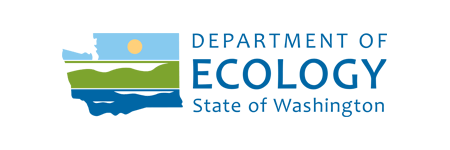Issue Brief
How can cities and counties plan for equitable communities?
Transportation planning and policy can create equity in our cities and counties in important ways. Transportation and land use plans can shape how a disenfranchised communities reconnects to the services necessary for a healthy, prosperous, and fulfilling life.
View the brief.
Best Practice Actions
- Facilitate meaningful community engagement in planning and land use decisions.
- Promote public health and a clean and safe environment.
- Strengthen existing communities.
- Provide housing choices.
- Provide transportation options.
- Improve access to opportunities to daily necessities.
- Preserve and build on the features that make a community distinctive.
Benefits of Planning for Equitable Communities
- Revitalization of older, established communities – city centers, older suburban neighborhoods, and rural villages – can improve quality of life and bring economic opportunities for longtime residents.
- An equitable community provides housing for people with a variety of incomes and age.
- Equity in public investment helps build and maintain vibrant, healthy and culturally diverse communities.
- Authentically preserving and celebrating the landmarks, skills, industries, and people that make communities great can link the future of the community to the past while honoring the people who live, work and play there.
Tools & Resources

High Point Redevelopment, Seattle
In April 2009, construction on the rental housing concluded in the High Point community with the completion of 256 affordable units. These units have integrated state-of-the-art energy efficiency measures to reduce utility costs and conserve resources.
New Columbia: Portland, OR
The mixed-income redevelopment almost doubled the amount of housing in the neighborhood. The streets were reconnected with the surrounding neighborhood grid and designed to capture and infiltrate almost all of the development’s stormwater, requiring 80 percent less underground stormwater piping. This stormwater management system protects water quality and saves money.





